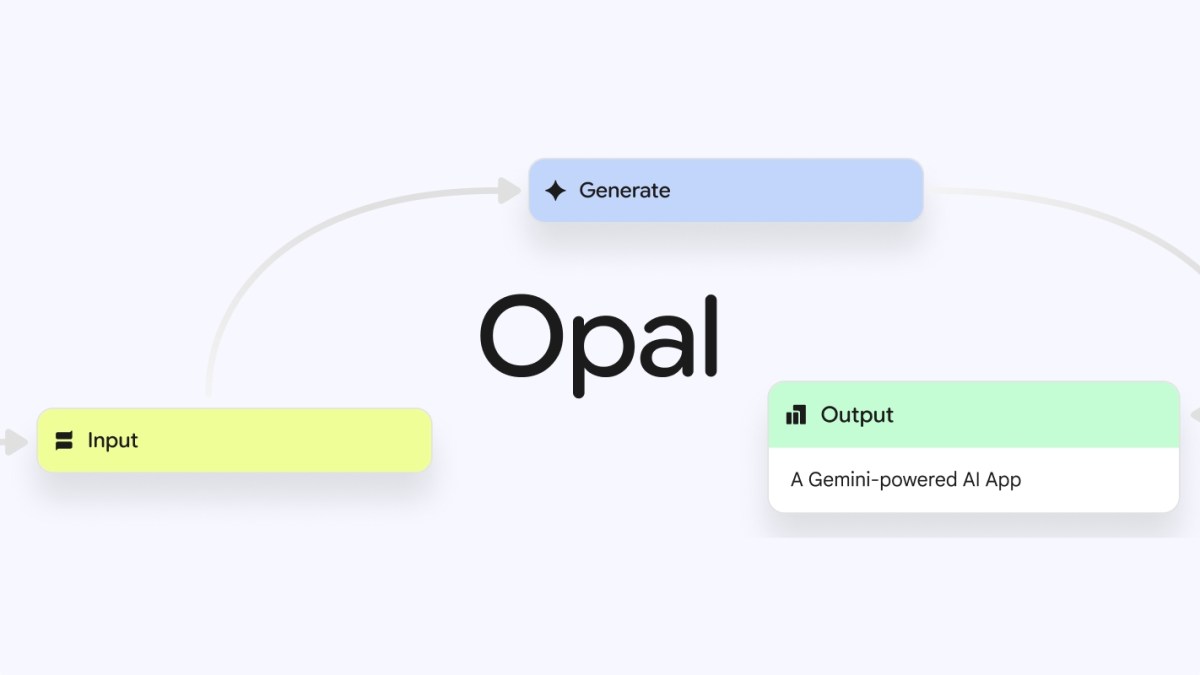Google expanded its AI-powered vibe coding app Opal into 15 countries, letting non developers build mini web apps from text prompts. Useful for rapid prototyping and small businesses, with caveats around data governance, complexity, and vendor lock in.

Google has rolled out its AI-powered vibe coding app Opal to 15 more countries, bringing text to app building to new markets across Asia and Latin America. Opal lets non developers describe desired functionality in plain language and generates small web apps, prototypes, landing pages, and simple automations automatically.
According to coverage, the rollout adds availability in Canada, India, Japan, South Korea, Vietnam, Indonesia, Brazil, Singapore, Colombia, El Salvador, Costa Rica, Panamá, Honduras, Argentina, and Pakistan. The move is part of Google’s broader effort to put AI assisted development and low code platforms into more markets.
Vibe coding is a subset of low code and no code approaches where natural language prompts are translated into usable apps. For small businesses and internal teams, Opal promises faster iteration, lower cost, and simpler ways to prototype digital workflows without hiring engineers. Rapid prototyping helps product and operations teams validate ideas and automate routine tasks more quickly.
While AI assisted development lowers barriers, organizations should treat tools like Opal as accelerants rather than full replacements for engineering. Important topics to address include data governance, privacy, and vendor lock in. Evaluate where generated code and data are stored, define access controls, and create a plan for exporting or maintaining apps long term.
Google’s expansion will likely push competitors to accelerate features, localization, and enterprise governance for low code platforms. Developer roles may evolve to focus on integrations, security, and supervising AI produced outputs, while non developers handle rapid experimentation and no code app building.
If your team is considering Opal, pilot it on low risk projects such as internal forms, simple dashboards, or landing pages. Document data handling rules, assign ownership for maintenance, and set criteria for when to move a prototype to professional engineering.
Next steps: Discover how AI transforms app building, learn more about low code platforms, and get started with small pilots to test value and risks.



